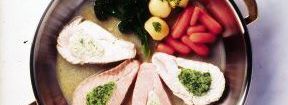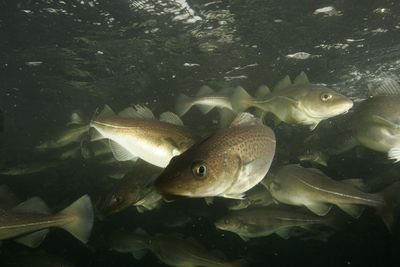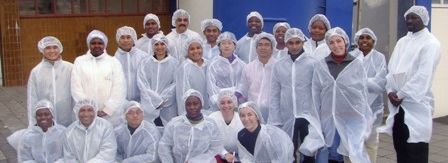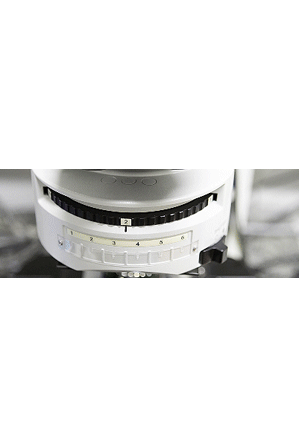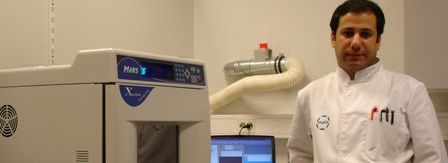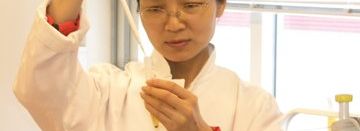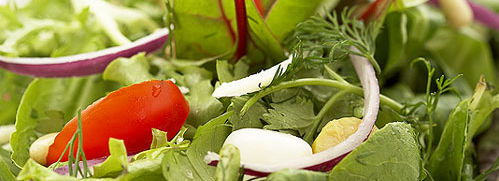The Icelandic database on the chemical content of food (ÍSGEM) is a database that stores both information on the chemical content of food on the Icelandic market and exported food and raw materials. The database is stored on Matís' website and is currently being refined.
The reason is that the database programs have become old and it is time to build a new program and reorganize the presentation of the data in accordance with international developments. This will be of great benefit to all work with the data and their utilization. Publishing the data on Matís' website will be easier than before and saves time. Users of the data will benefit from improved access to it.
 On March 6-7, Anders Møller from Danish Food Information met with Matís employees to discuss improvements to the ÍSGEM database program. Anders has for many years been one of the leading experts in Europe on the development of food databases. Ívar Gunnarsson, a computer scientist at Hugsjá, took part in the meetings, but he has worked on the ÍSGEM program.
On March 6-7, Anders Møller from Danish Food Information met with Matís employees to discuss improvements to the ÍSGEM database program. Anders has for many years been one of the leading experts in Europe on the development of food databases. Ívar Gunnarsson, a computer scientist at Hugsjá, took part in the meetings, but he has worked on the ÍSGEM program.
In ÍSGEM you can search for approximately 900 foods and find information on each type. It contains, for example, information on the energy value of each type of food or more specifically kilocalories, fat in food, protein, carbohydrates and added sugar. In addition, information on supplements, such as vitamins and minerals. ÍSGEM is therefore suitable for those who want to stick to it or avoid certain substances, such as the amount of salt or sugar in their food.
The database provides the public as well as the business community with information on food composition and is an essential tool for the food industry and food control, for nutrition research, teaching, catering of large kitchens and advice on a healthy diet. The data is used in programs that calculate how much people get from the various nutrients. Matís offers the Matarvefinn calculator on its website.
At Matís, measurements are made of the chemical content of food for the ÍSGEM database and data are also collected from domestic and foreign parties. ÍSGEM was a prerequisite for participation in the European Food Information Resource (EuroFIR) network of excellence on the chemical content of food and ways to disseminate the information through databases and online.
Pictured are from left: Björn Þorgilsson, Matís, Ívar Gunnarsson computer scientist, Anders Møller from Danish Food Information, Ólafur Reykdal and Cecilia Garate, from Matís.

